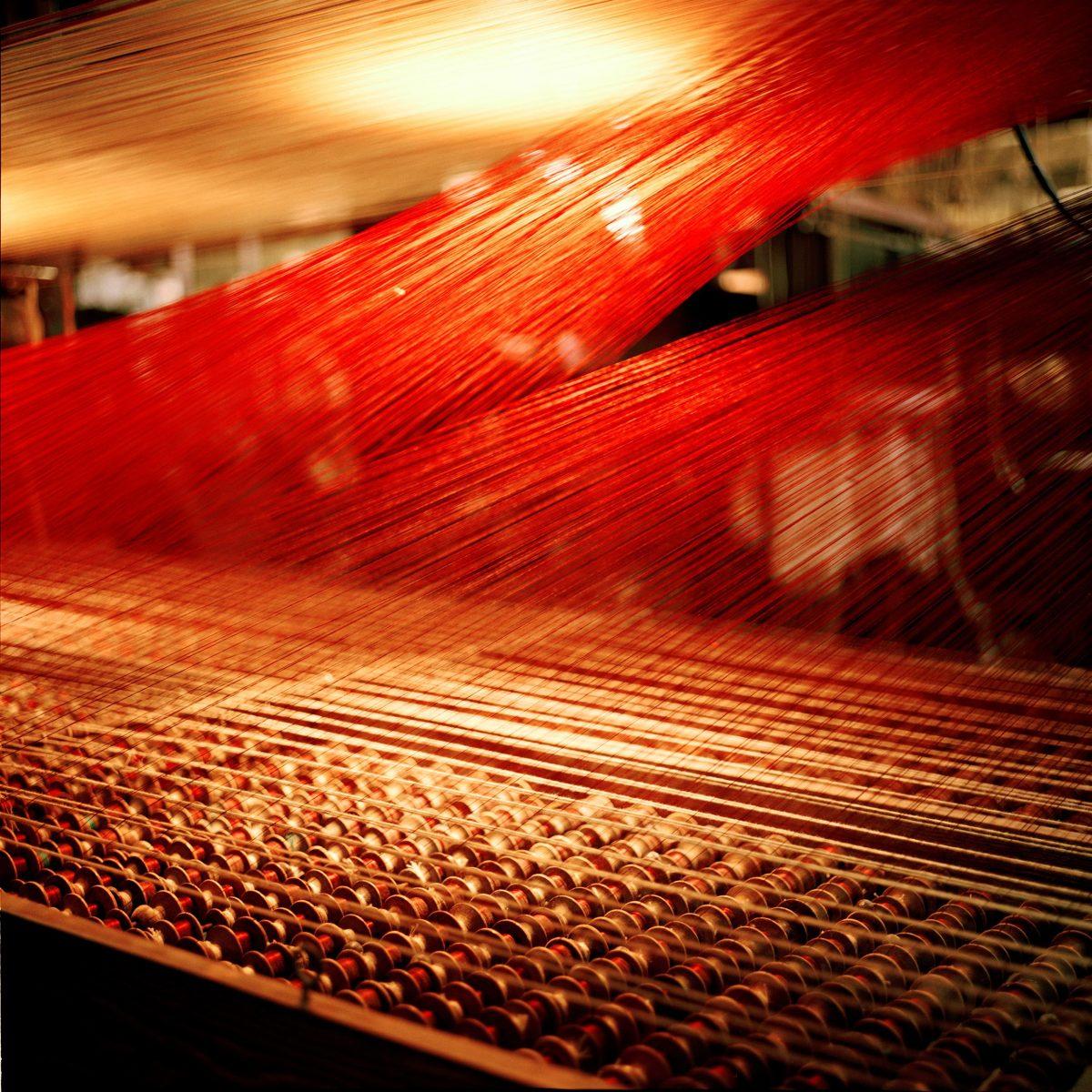
Textures, colors, and time-honored techniques from workshops and ateliers where fine fabrics, tailored costumes, and traditional lace are made, where shoes and papier-mâché masks are constructed, where wood is carved, material is cut, and metal forms are shaped at the forge—these, and more, are caught on film.
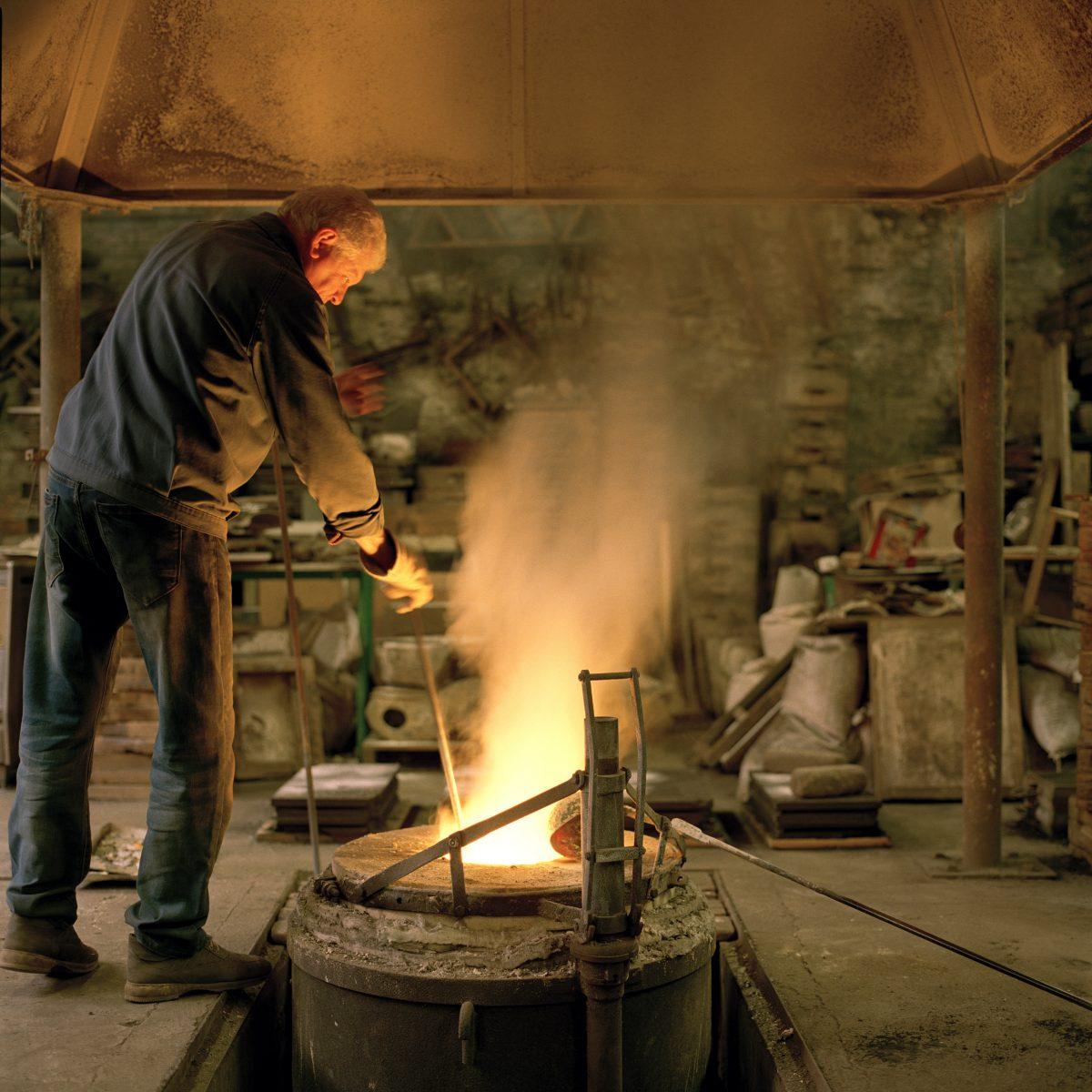
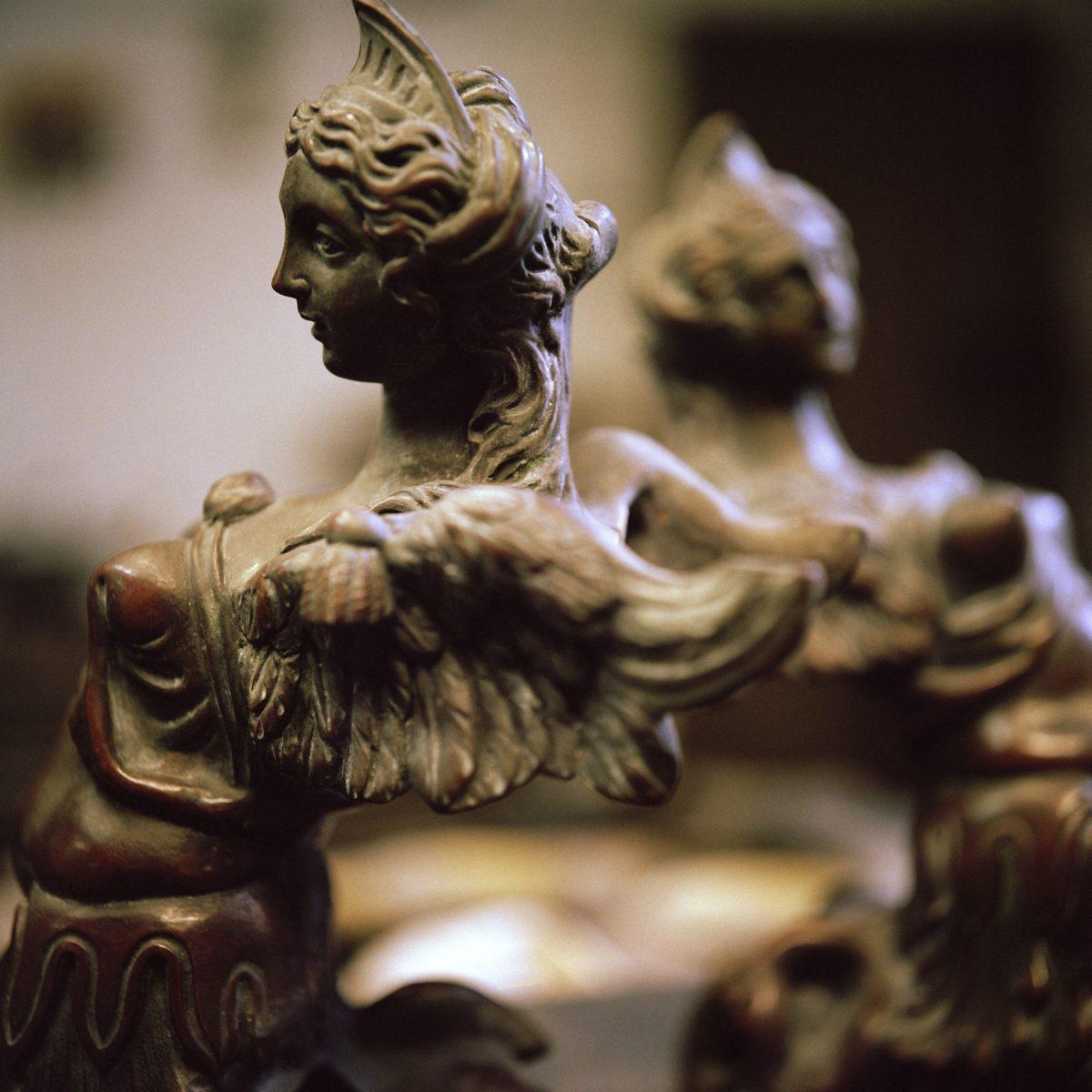
The resulting photographs allow viewers a peek into the world of Venetian fine craftsmanship, whether the subject is an artisan working alone or with others, in a small workshop or a factory setting. Each photo shows moments in the process of traditional workmanship, or “gestures” as photographer Susanna Pozzoli calls them.
“Each picture is a pause between gestures. They challenge the viewer to be attentive, to take their time, and to open their imagination,” she says in a press release.
This is the “Venetian Way,” an exhibition exploring 21 workshops of master artisans in Venice and the Veneto region of Italy, as seen through Pozzoli’s lens.
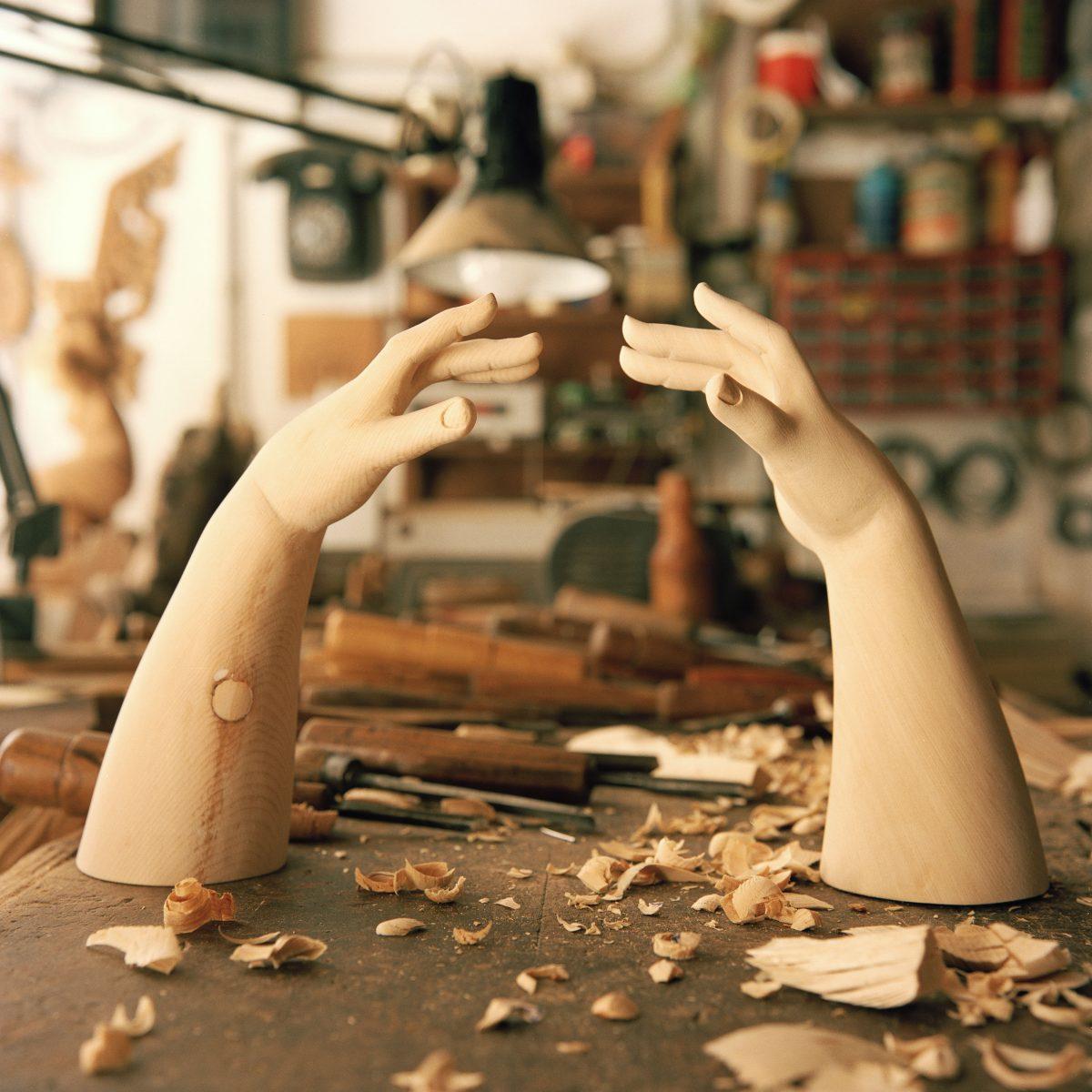
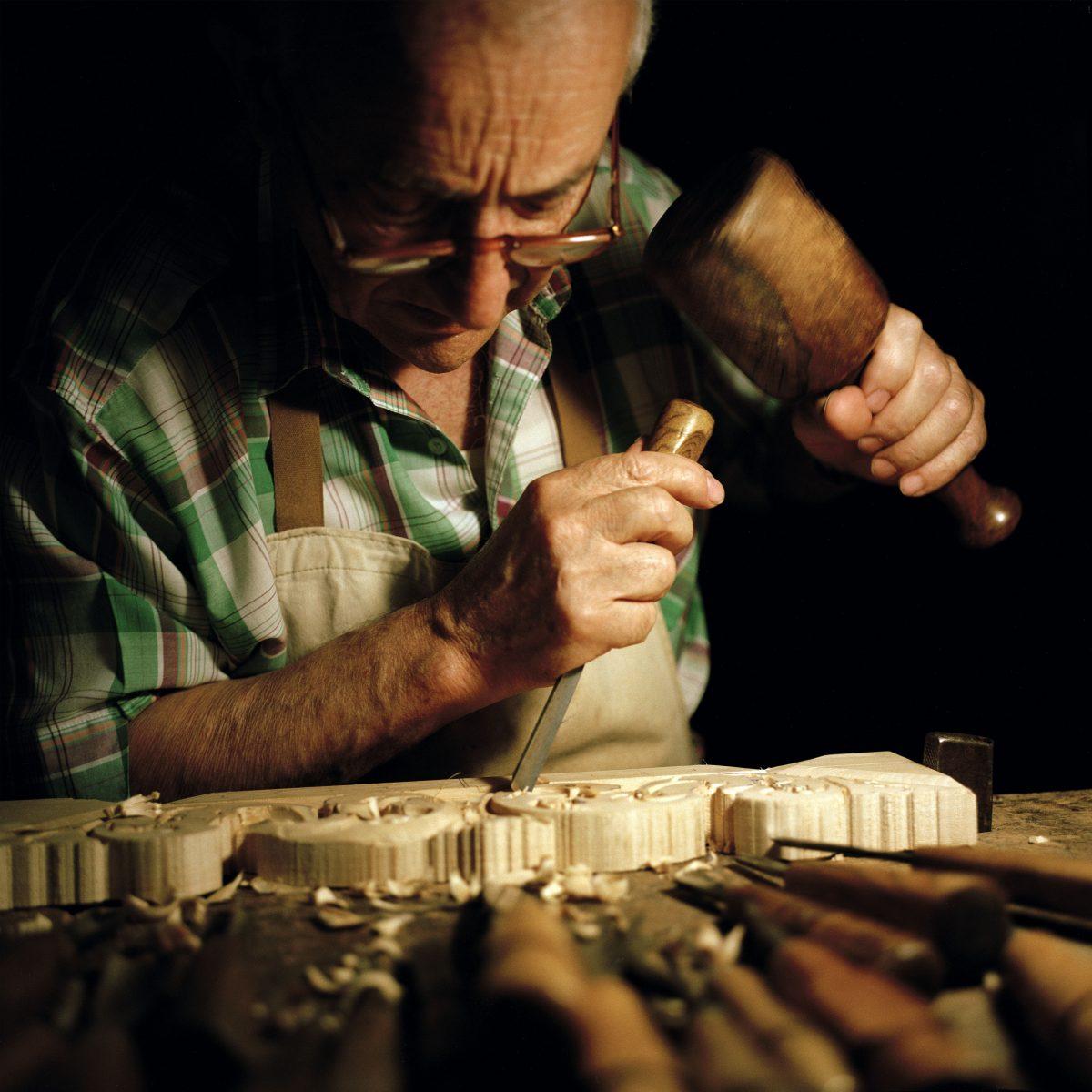
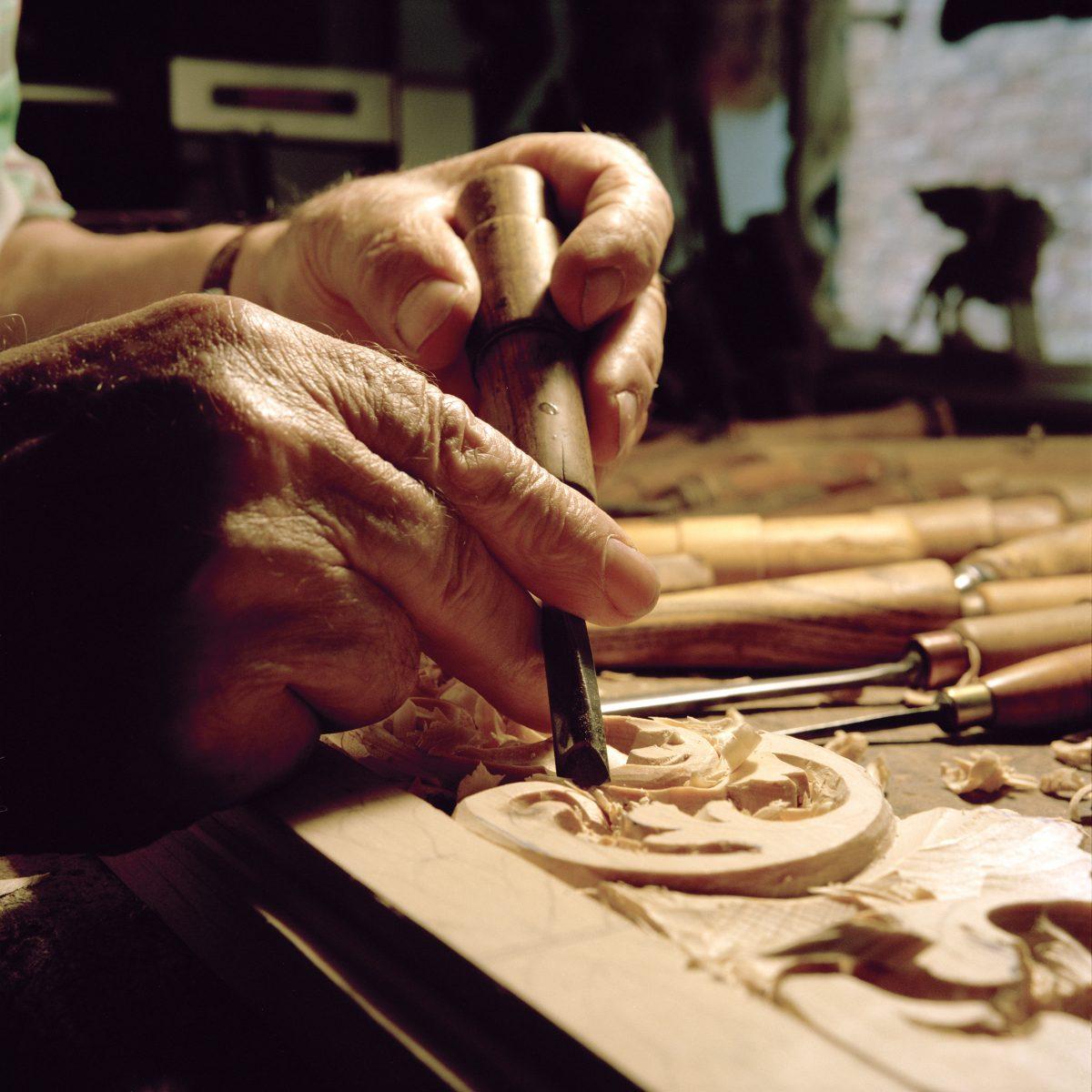
The exhibition will be on display from Sept. 14 to 30 in the Cypress cloister of the Giorgio Cini Foundation on the island of San Giorgio Maggiore in Venice, Italy, as part of the wider “Homo Faber” exhibition showcasing European craftsmanship.
Among the artisanal workshops that opened their doors to Pozzoli are traditional Venetian gondola makers, tailors, jewelers, and woodworkers, along with glassblowers, typographers, and metalworkers.
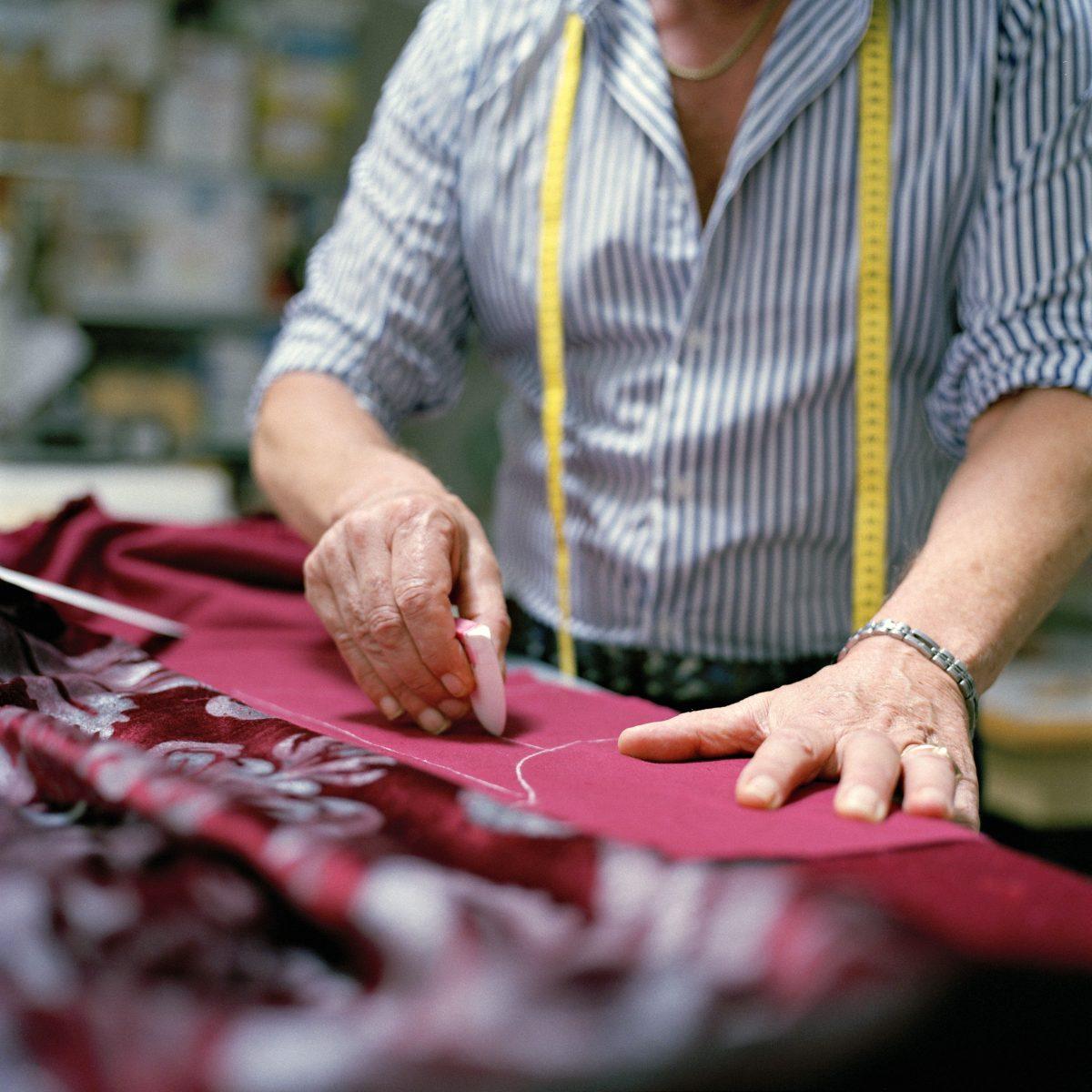
The exhibition doesn’t merely document the artisans’ fine workmanship as “the exhibit is not a documentary,” says Denis Curti, artistic director of Casa dei Tre Oci and co-curator of the “Venetian Way,” in a press release. “It is a particular point of view, a very specific perspective,” he added.
The “Venetian Way” captures the motion of Venetian fine craftsmanship in still life.
Pozzoli chose analog over digital photography for the exhibition to imitate the artisan, as working with film requires the same careful consideration, diligence, and technical ability that master artisans would apply to their crafts: like the skillful perseverance of master artisans who pound gold into gold leaf, a process that renders the leaf thousands of times thinner than paper, or the dedication that glass artists apply in the summertime heat, starting work at 4 a.m. in order to avoid using air conditioning that affects the glass cooling process.
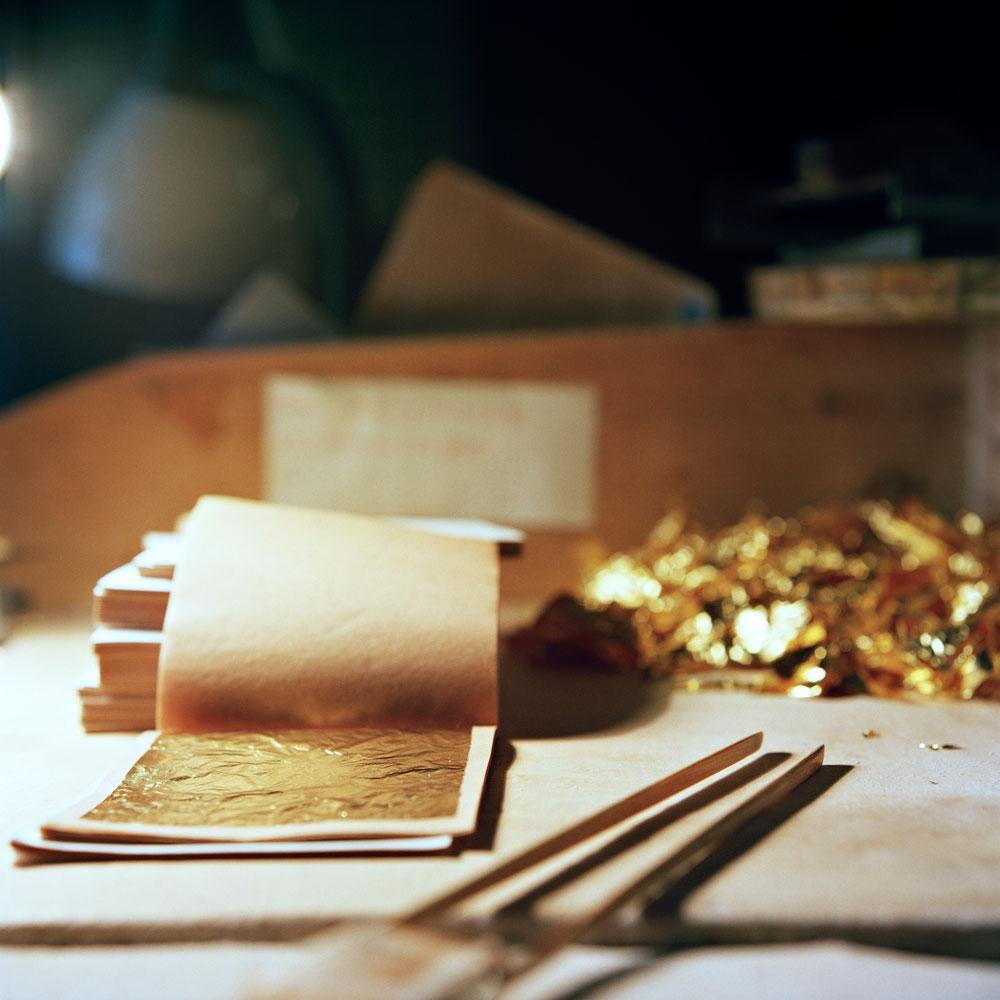
Fine craftsmanship is often observed in the end product, but Pozzoli brings our attention to the process itself. Her “Venetian Way,” she says, “is not about the beauty of the final object. ... It is about the beauty of loving the work itself.”
The “Venetian Way” exhibition is part of “Homo Faber,” an exhibition bringing the very finest of European craftsmanship to Venice from September 14 to 30. Covering nearly an acre of the Giorgio Cini Foundation on San Giorgio Maggiore, the exhibition is host to 16 exhibits on the theme of “crafting a more human future.”
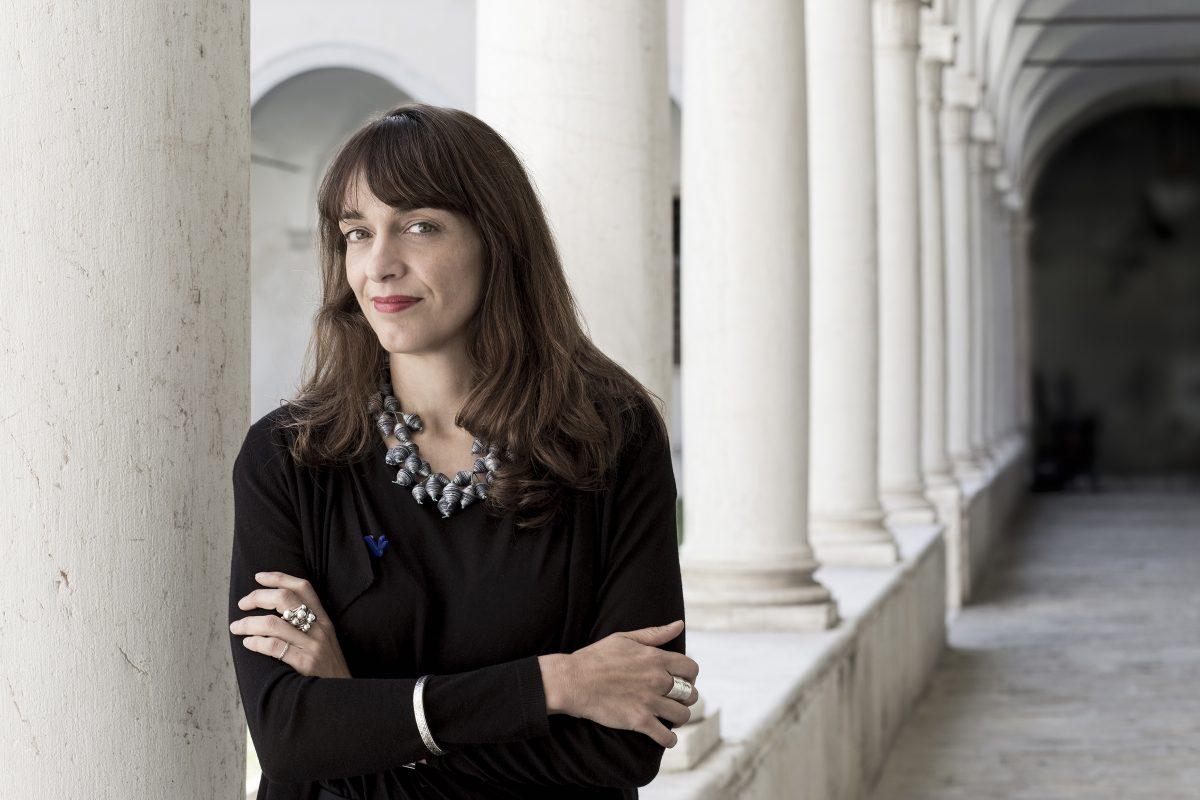

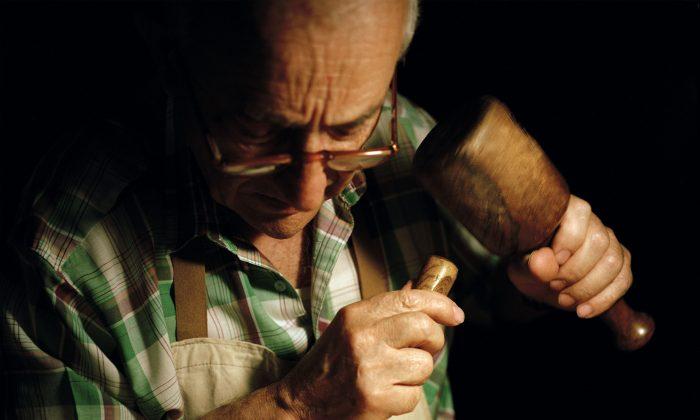

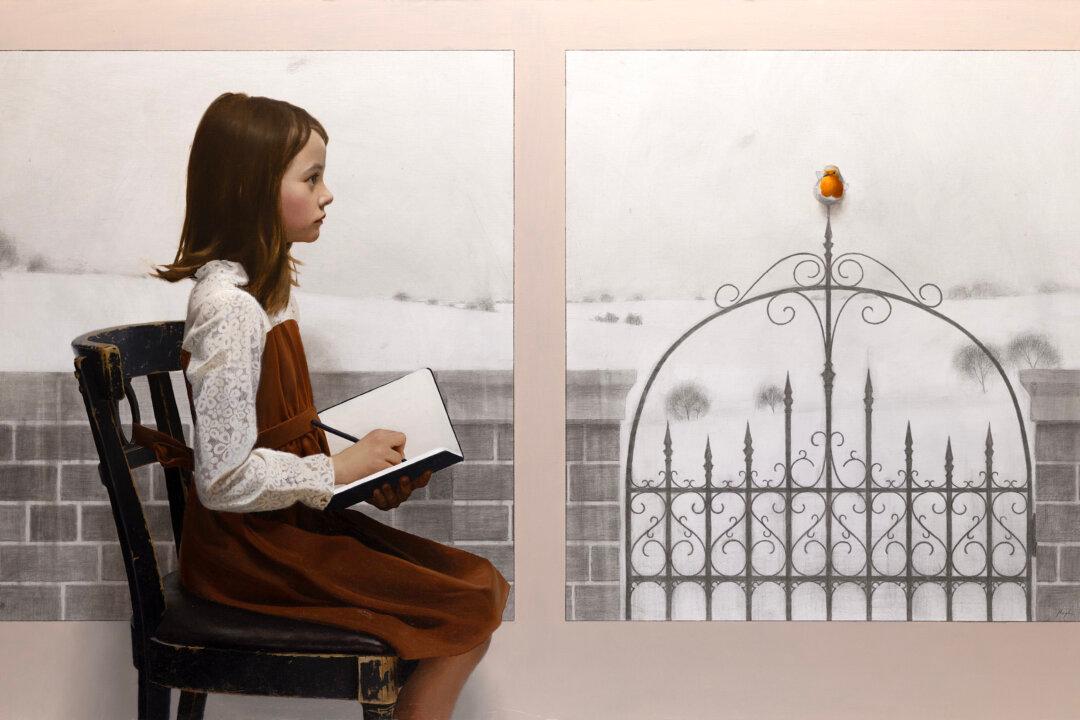

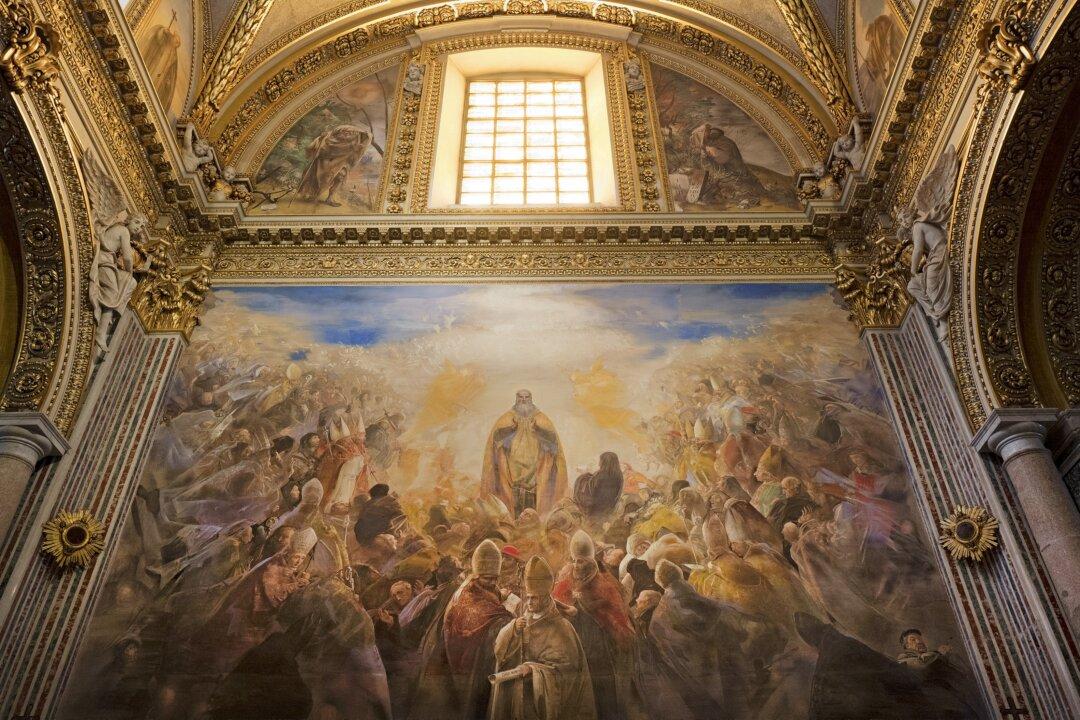
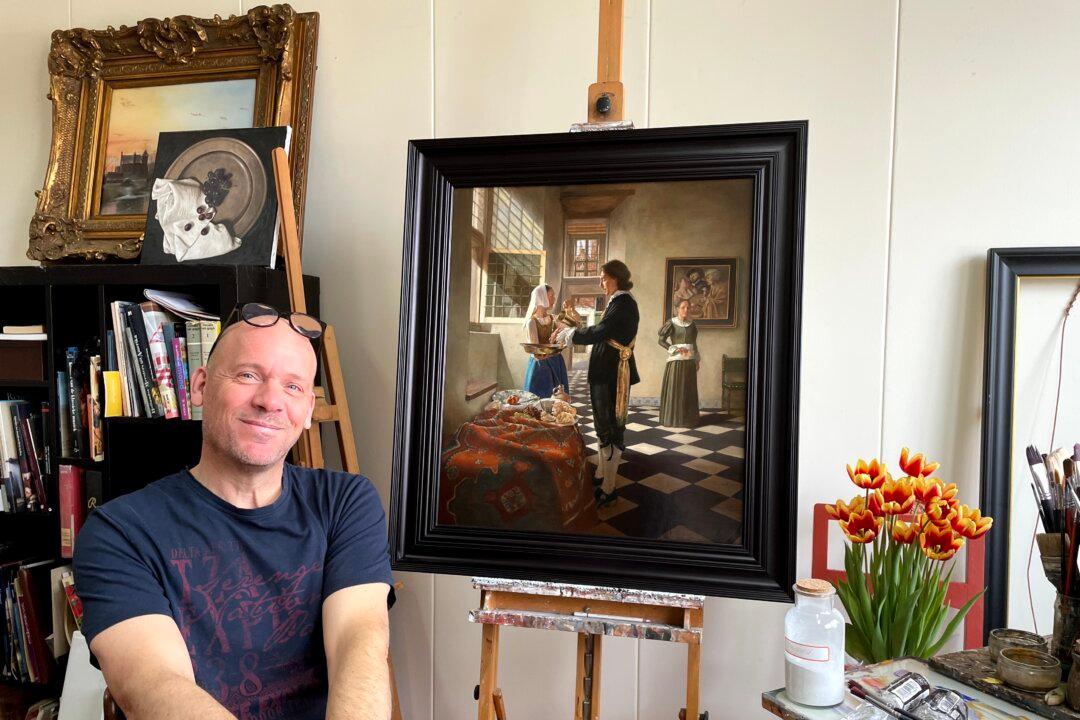
Friends Read Free